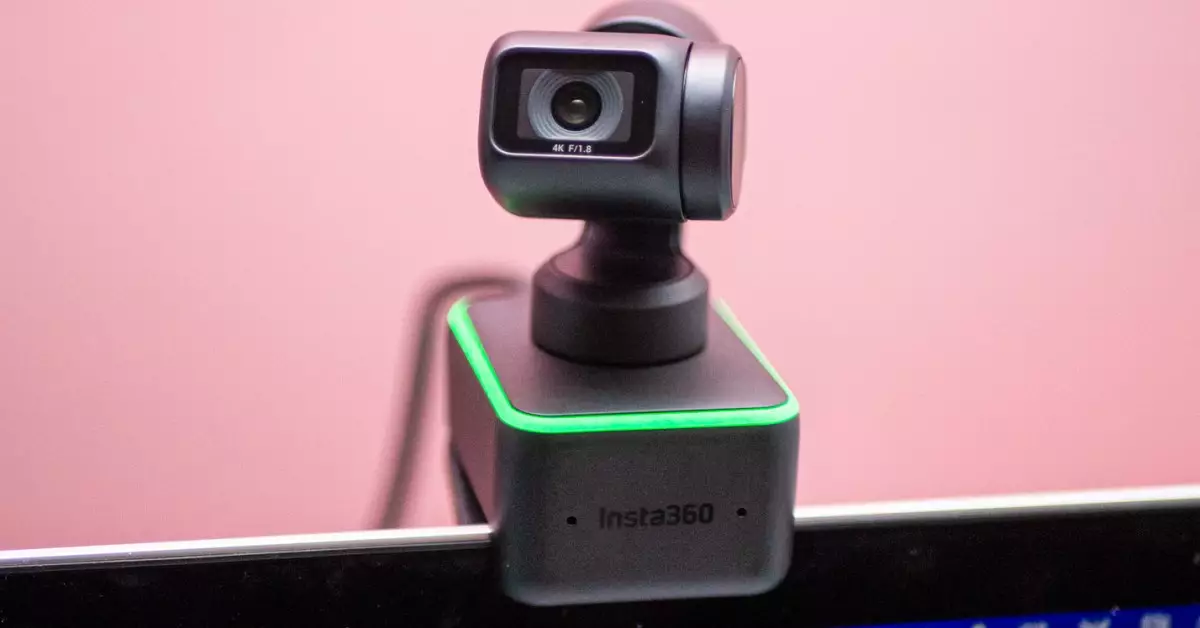In an age where virtual interaction has become a norm, the demand for reliable webcams has surged. The recent launch of the Nintendo Switch 2 added a new layer of excitement for gamers who were anticipating enhanced connectivity options. However, the excitement was somewhat dulled by confusion regarding webcam compatibility. While the gaming community expected a seamless experience, the reality has revealed a maddening list of uncertainties that gamers must navigate. This raises the pressing question: which webcams truly work with the innovative console?
A Pricey Package with Unexpected Limitations
With the Nintendo Switch 2 entering the market at a higher price point than its predecessor, gamers were hopeful that the accompanying features, including video chat capabilities, would justify the investment. The company did hint at flexibility by stating that any USB-C camera could be used, thus seemingly opening the doors to a multitude of options. However, this broad claim fell flat as many commonly recommended webcams failed to operate effectively with the device. This dissonance between expectation and reality emphasizes how important it is for manufacturers to provide clarity about compatibility standards.
Despite notable brands showcasing their products on “best webcam” lists—such as the Logitech Brio 4K and Elgato Facecam MK.2—many users found these models inadequate for the task at hand. In stark contrast, older models like the Logitech C920, which have been around for years, worked seamlessly. The situation raises questions about Nintendo’s communication regarding compatibility and what precisely the term “compatible with USB-C” means within this context.
The Problematic Compatibility Spectrum
The essence of the problem lies in Nintendo’s ambiguous definition of compatibility. The gaming giant’s description hints at a broader acceptance of various cameras, yet practical testing suggests a narrower interpretation tied specifically to the Nintendo Switch 2 hardware. The collective confusion surrounding this issue indicates that gaming enthusiasts and tech consumers alike need more detailed guidance from manufacturers.
In the absence of a comprehensive list of compatible cameras directly from Nintendo or major webcam manufacturers, gamers are left to improvise. The challenge becomes even more pronounced when users find discrepancies between types of cameras. It seems that gaming peripherals, specifically those that focus on gaming functions, have difficulty making the leap to the Switch 2’s unique architecture.
The Call for Clarity: A Community-Powered Solution
As the need for a transparent compatibility list lingers, the onus increasingly falls on the gaming community and technology media to create a resource that can alleviate some of this confusion. The social aspect of gaming often leads to collaborative solutions; thus, one could view this as a digital rallying cry among gamers and enthusiasts.
Platforms like Reddit have already begun to serve as informal hubs where users share experiences and document which webcams have shown promise or failure when used with the Nintendo Switch 2. Community-generated sources can provide invaluable insights and foster a sense of solidarity in tackling the ongoing compatibility conundrum.
While Nintendo’s lack of immediate answers is disappointing, it’s heartening to see companies like Elgato expressing a willingness to consider firmware updates for devices that currently don’t align with the console’s needs. This kind of responsiveness not only adds a layer of accountability but also offers users hope for a future resolution.
Searching for Solutions: The Test Feature and Beyond
Navigating the compatibility maze is made slightly easier thanks to the Nintendo Switch 2’s inbuilt feature that allows users to test their cameras. The simplicity of going to System Settings and selecting the Test USB Camera option can quickly reveal which devices are operational. This process could empower users to experiment with a variety of cameras, potentially improving the situation in real-time while an official list is awaited.
Given the dynamic landscape of technology, coupled with shifting market demands, manufacturers must remain agile, not just in product development but in customer education as well. Instead of leaving consumers to wade through confusion, clearer, proactive communication would enhance user experience.
From video gaming to streaming, the need for functional webcams continues to grow. The stakes are high for both manufacturers and users; it’s essential that the curtain is lifted on this compatibility illusion, allowing gamers to realize the true potential of their new console. Just maybe, the community-driven catalog may pave the way for brighter, clearer connections in the future.


Leave a Reply